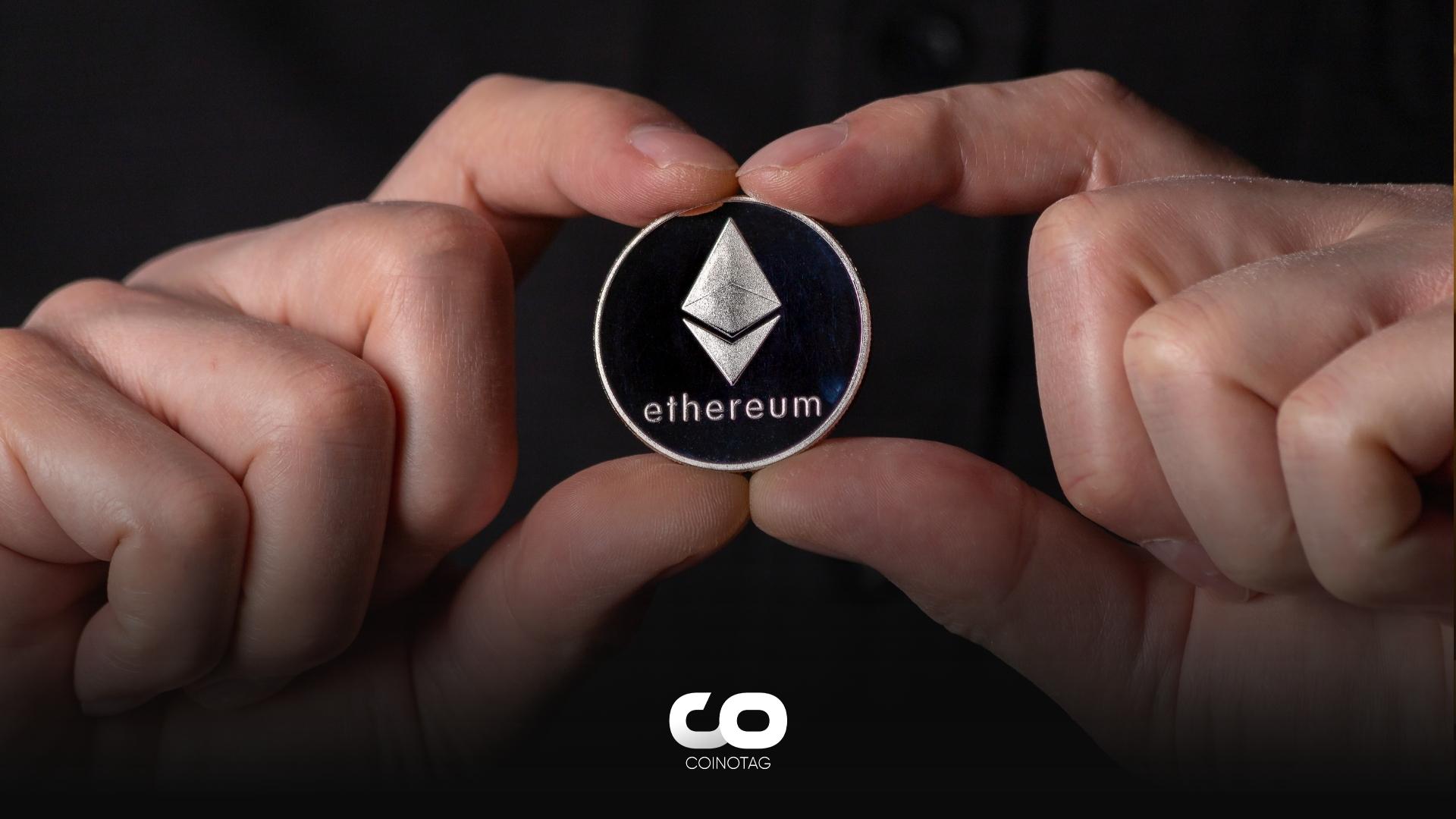
- Ethereum’s market dominance has increased from an average of 18% in July 2021 to the current 20%.
- Ethereum is the absolute leader with a TVL of $24.6 billion, followed by Tron with $5.4 billion and BNB Chain with $3.3 billion TVL.
Ethereum continues to be the dominant cryptocurrency after Bitcoin and maintains its DeFi leadership; how did Ethereum become so strong?
Ethereum’s Market Share is Strengthening
Ethereum has been dominant since its inception as a smart contract and decentralized application (Dapp) platform. This analysis on Ethereum’s price and market value provides undeniable evidence that the blockchain has increased its market share over time.
As shown above, Ethereum’s market dominance has increased from an average of 18% in July 2021 to the current 20%. When we exclude Bitcoin from the analysis, Ethereum’s market share is currently 40.6%. This is a significant difference compared to Dapp-focused networks. Similarly, when we analyze the total value locked (TVL) in smart contracts for each network, this difference is also evident. Ethereum is the absolute leader with a TVL of $24.6 billion, followed by Tron with $5.4 billion and BNB Chain with $3.3 billion TVL.
The above graph shows that Ethereum’s TVL market share on the network decreased from 70.5% in June 2021 to 49.5% in May 2022. This movement occurred while Terra and Avalanche gained a total market share of 20% in smart contract investments. However, with the collapse of the Terra-Luna ecosystem in May 2022 resulting in developers halting the network, Ethereum quickly gained a 58% market share.
Despite the emergence of Dapps on BNB and Tron blockchains, Ethereum’s leadership has remained unquestioned over the past 12 months. This data indicates the insignificance of the total number of unique active wallets interacting with smart contracts (UAW) per chain.
For example, according to DappRadar, WAX has 363,600 active users and BNB Chain has 517,300 30-day UAW. These numbers are much higher than Ethereum’s 66,300 unique active addresses but reflect lower transaction fees and provide room for manipulation.
The Increase in Decentralization Strengthens Ethereum
Ethereum has the largest number of active developers with over 1,870. This is more than Polkadot (752), Cosmos (511), and Solana (383).
Currently, there are over 700,000 validators on the Ethereum network, and 99% of balances are locked in staking. The fact that each validator exceeds the 32 ETH limit undoubtedly inflates this number, but the largest known staking pool, Lido, controls 32% of the staking, followed by Coinbase with 9.6%.
Therefore, it is safe to say that Ethereum is much less centralized in terms of development and validation compared to Tron, BNB Chain, and Solana.
Other reasons for the increase in Ethereum’s dominance are derivative transactions and its dominance in the NFT market.
Derivative Markets are Important for Institutional Investors
Ethereum’s futures contracts are important for institutional trading applications such as futures contracts, hedging, and leveraged trading. ETH’s cash-settled futures were added to the Chicago Mercantile Exchange in February 2021. So far, no cryptocurrency other than Bitcoin has been able to reach the world’s largest derivatives exchange.
In the futures market, long and short positions are always balanced, but more active contracts – open positions – allow institutional investors to participate and require a minimum market size. Ethereum futures have a combined open position of $5.4 billion, while BNB only holds $380 million and Solana only holds $178 million.
Ethereum Still Leads in NFTs
Nonfungible tokens (NFTs) are a perfect example that cheaper and faster transactions do not always translate into increased adoption. There are no barriers for NFT projects to switch between blockchains for new listings or existing collections.
Ethereum, which has encountered transaction fees of up to $10, is the definite leader in terms of the number of buyers and total sales.
Source:coinotag.com